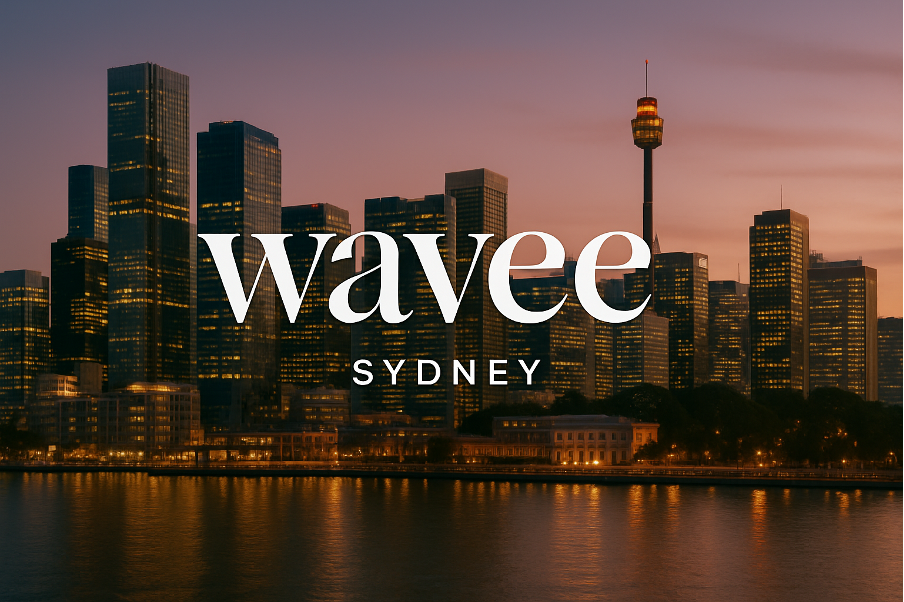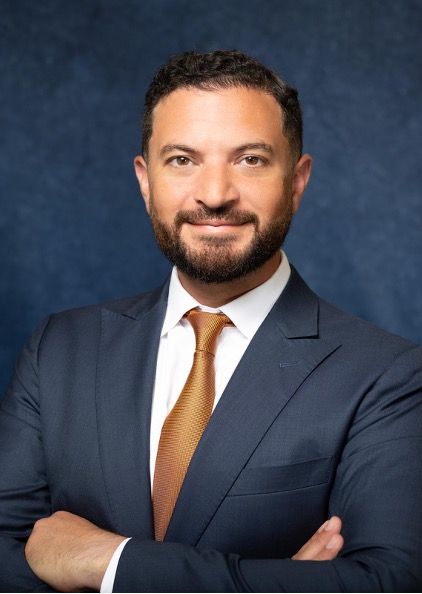RIP ESG? How impact investing can help save an industry in crisis
BRANDVOICE – SPECIAL FEATURE
Amidst growing ESG skepticism, impact investing is gaining recognition as a credible way for investors to back companies that deliver positive impact and financial returns.

Burnt by greenwashing and stung by underperformance, many investors are abandoning ESG. April saw European ESG ETF inflows plummet 94% on the previous quarter, leading Morningstar to warn of an “existential crisis” for the industry.
The ESG crisis is not driven by climate fatigue or waning interest in social issues. According to Morgan Stanley, investor interest in sustainability is “high and rising” with more than three-quarters (77%) of individual investors keen to back funds that foster positive impact while paying market-rate financial returns.
Hari Balkrishna sees the same trend from his vantage at T. Rowe Price. “We are undoubtedly seeing more demand for investment opportunities that address global environmental and societal pressure points.”

As portfolio manager for the global investment management firm’s Global Impact Equity Strategy, Balkrishna and his team target stocks that sit at the nexus of two mandates: positive environmental or social impact and financial returns that outperform the MSCI All Country World Index Net.
Unlike ESG, which lacks consensus on definitions and benchmarks, impact equity relies on widely accepted frameworks to measure target investments’ social or environmental benefits.
“The biggest difference between ESG and impact investing is the activities we invest in. ESG tends to look inward at the company’s footprint. The trouble with that is somebody has to make a values judgment on what is good and bad. It ends up being a murky debate.”
Hari Balkrishna
“Impact investing looks at a company’s outward footprint – the company’s activities that generate positive impact. What is the solution this company is providing? Is that driving decarbonisation? Is that helping us get to net zero?”
Balkrishna gives the example of Netflix stocks, which he says could be included in an ESG strategy but would not be accepted into his global impact equity strategy. “Why?” he asks. “There’s nothing wrong with Netflix. It provides entertainment.
“But can we quantify emissions that the company saves because people watch a tonne of Netflix? We probably can’t. Can we generate a positive social impact score? No, we probably can’t.”
Clear Frameworks and Measurements
The T. Rowe Price Global Impact Equity portfolio is chiselled to roughly 55-85 companies from approximately 3,000 on the MSCI All Country World Index.
It’s a rigorous process.
Firstly, companies are selected if they align with our proprietary global impact equity investment pillars. These fall into climate and resources, social equity and quality of life, and sustainable innovation and productivity. The pillars are aligned to the UN Sustainable Development Goals.
Secondly, companies must pass a materiality test – most of their revenue must be aligned with the impact activities.
Thirdly, the impact must be measurable. “We measure the impact from every single stock and disclose the key performance indicators that we measure,” Balkrishna says. “We are fully transparent.”

For example, Brookfield Renewable Partners, which generates hydro, solar, and wind electricity, mitigated 33 million tonnes in carbon emissions in 2022. To put this into perspective, one million metric tons is roughly equal to the average annual emissions of 35 commercial airliners, 216,000 passenger vehicles, or 115,000 homes in the United States.
Nu Holdings, a digital banking platform that drives financial inclusion and economic progress in Latin America, is graded by the number of people it introduces to the financial system.
Last year, the company had 75 million customers. Approximately six million people used a credit or debit card for the first time.
Finally, Balkrishna’s team assesses “additionality” – the ability to steer the company towards faster impact through active ownership.
“As an asset manager, we want to have additional involvement and engage with companies to protect our clients’ interests and drive a change agenda,” Balkrishna says.
Impact X Financial Returns
A key feature of impact investing is the relationship between purpose and profits within a company. T. Rowe Price’s global impact equity analysts identify opportunities where impact and financial returns grow and compound together.
The strategy targets companies with strong business moats, expert capital allocation and high-quality management.
“Take Trane Technologies, which we’re invested in,” says Balkrishna. “It provides efficient heating, ventilation and air conditioning solutions for data centres and industrial settings.
“Trane mitigates 43 million tonnes of CO2 equivalent every year, which makes it one of the best-in-class operators of efficient systems. But that measurability also translates into improved top-line demand for their products.
“Companies like Microsoft and NVIDIA need efficient cooling solutions for all the super energy-intensive data centres they’re opening. They also have net zero targets, by the way. So, these companies need a solution like Trane.”
Challenges and considerations
The big question is whether impact investing can deliver market-rate financial returns.
Impact strategies typically have smaller investment universes compared to strategies that do not pursue impact objectives. Balkrishna acknowledges investors in his strategy sacrifice access to most of the index (roughly 85%), which can affect returns.
“In 2022, when energy markets rallied, global impact equity strategies suffered on a relative basis because we don’t invest in the sector,” he says. “But my response to that is that global impact equity strategies are one part of asset allocation within a broader portfolio. They give you exposure to a different set of companies, which broadens portfolio construction
and diversification at the asset allocation level.”
Forecasts suggest the world needs close to $5–$7 trillion (USD) of annual investment to achieve the United Nations Sustainable Development Goals. “That means we need a lot of solutions,” Balkrishna says. “We need to decarbonise and to deal with waste. We need to become energy secure.”
“The companies we invest in are the ones providing the solutions to those problems.”
Important Information
This is for informational purposes only and does not constitute investment advice. The views and information contained herein are subject to change without notice. The specific securities described do not represent recommendations or statement of opinion intended to influence a person or persons in making a decision in relation to investment.
Are you – or is someone you know -creating the next Afterpay or Canva? Nominations are open for Forbes Australia’s first 30 under 30 list. Entries close midnight, July 31, 2024.
Look back on the week that was with hand-picked articles from Australia and around the world. Sign up for the Forbes Australia newsletter here or become a member here.


